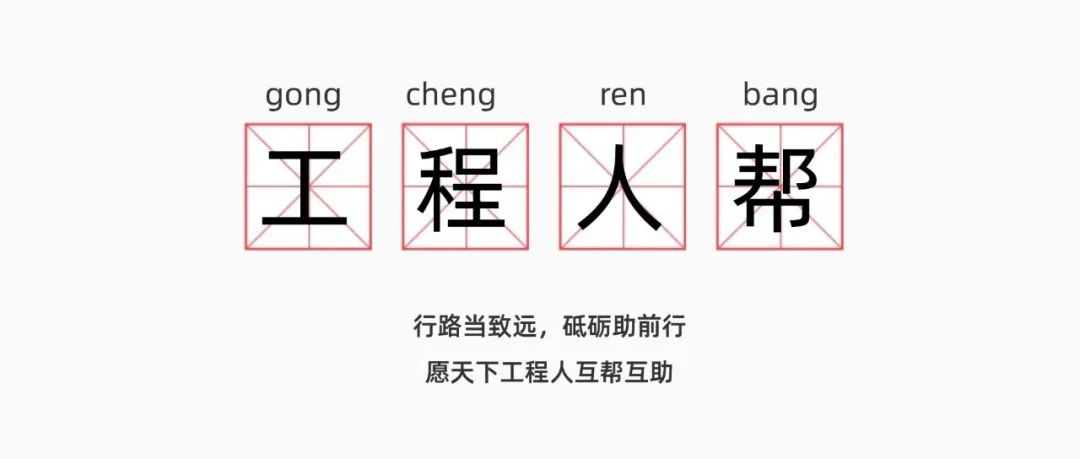When touching its surface with fingers or other materials, the sealant will adhere to the fingers or materials.
Component B is stable in separate sealed storage.
After the surface is cured, water will seep in from the cured surface, and the inner layer will be cured again.
This phenomenon is called not debonding.
As long as components a and B are mixed together, it will cure even in a closed state.
The thicker the sealant is, the longer it will take to fully cure.
。 Curing performance of sealant — Concept: — 3 / / surface dryness: the sealant is paste when it is punched out.
After contacting the air, the slurry will have a chemical reaction with the water in the air.
This is that the curing reaction of the adhesive surface has not been fully performed.
The complete curing time has nothing to do with the thickness of the adhesive, so the reaction has nothing to do with whether it contacts the air.
After the sealant is beaten out, since the surface of the sealant is the first to contact with water, the surface is also the first to cure.
The sealant is originally a paste.
For example, 10mm thick sealant usually needs to be fully cured under appropriate temperature conditions for more than a week.
This is called watch stem.
When the skin is formed and then contacts the surface with fingers or materials, there will be no adhesive on the fingers or materials.
The longer the time, the thicker the sealant will be.
The result of this chemical reaction is to gradually turn the paste into an elastic solid, which is the curing of the sealant.
— .
Debonding: after the sealant surface is dry, touch the surface with your fingers.
It feels dry and dry with fingers without adhesion.
This is a chemical reaction process.
Although there is no glue adhered to your fingers, you can still feel a certain adhesion between the glue surface and your fingers.
2 / / two component sealant is made by chemical reaction between components a and B.
A.
Introduction to professional knowledge of silicone sealant 3-2 curing performance of silicone building sealant 1// The sealing packaging of one component sealant is stable in the container.
The sealant will be cured gradually from the outside to the inside.
With the extension of time, it will further solidify until a layer of epidermis with certain elasticity and strength is formed on the surface.
Once components a and B are mixed, they begin to react, so components a and B should be used immediately after mixing.
The two-component curing reaction does not require the participation of water in the air, so its curing is carried out by the interior and surface at the same time.
It will solidify when it is beaten out of the container and exposed to the air.
After the sealant is beaten out, the surface contact water begins to solidify and crust.
We call it debonding.


